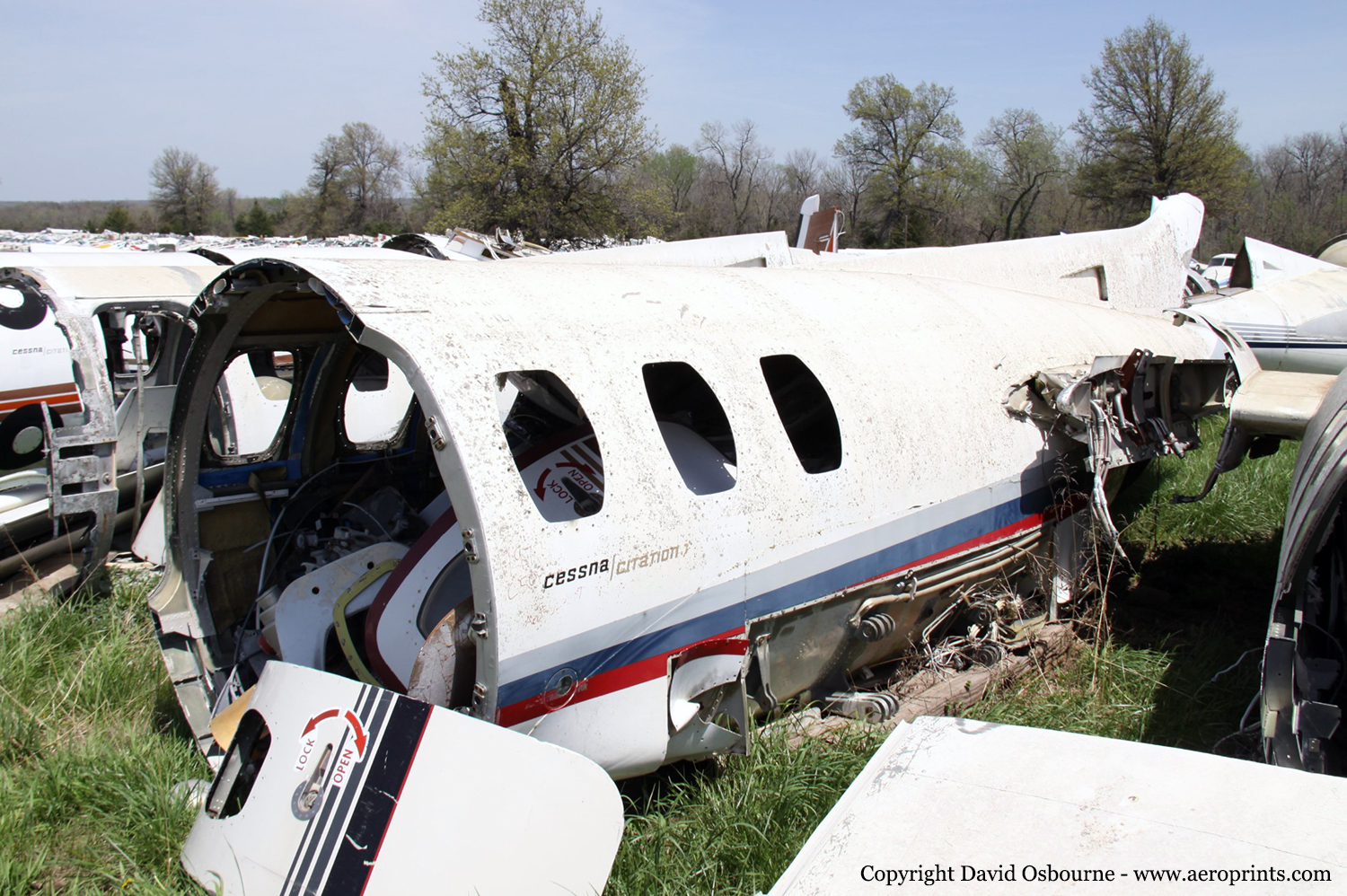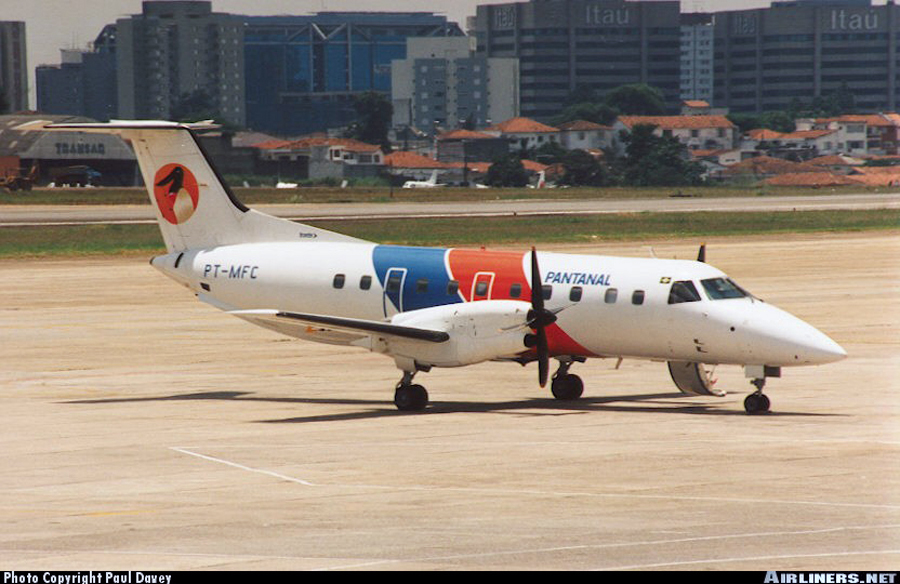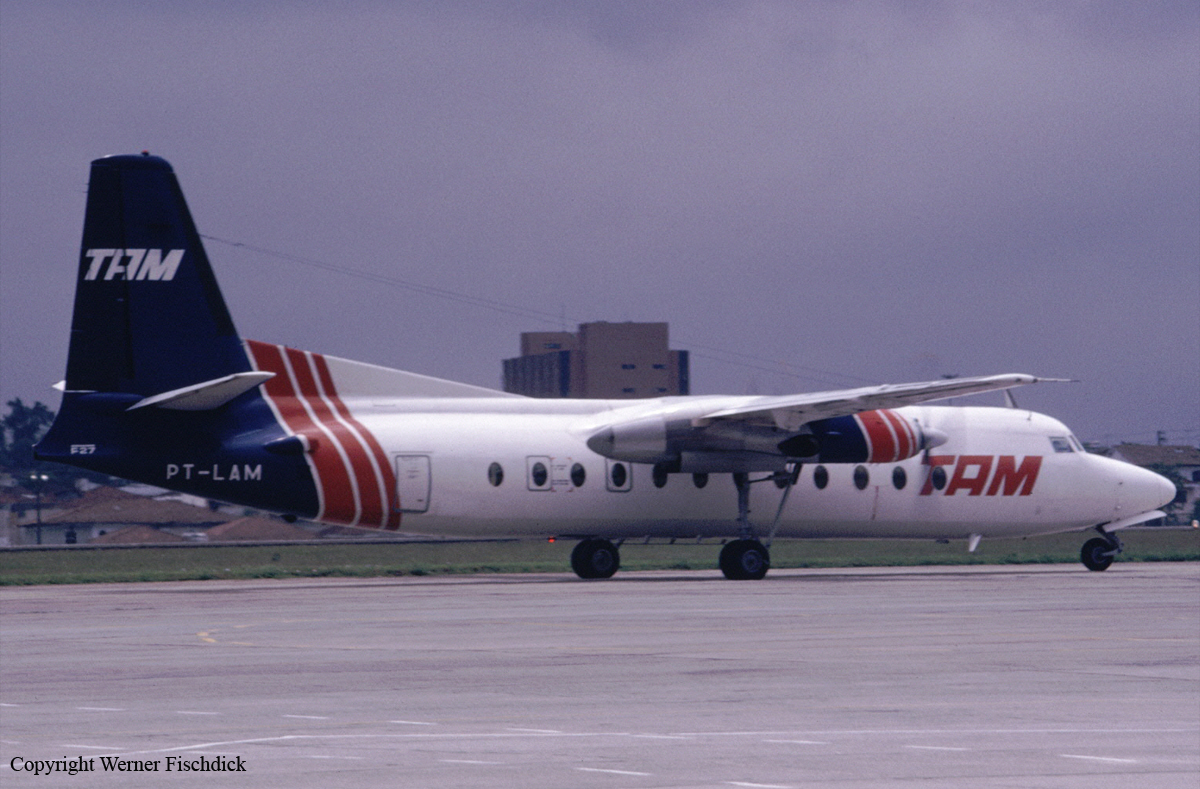Crash of an Embraer EMB-121A Xingu in Chapecó: 7 killed
Date & Time:
Oct 1, 1997 at 2145 LT
Registration:
PP-EHJ
Survivors:
No
Schedule:
Porto Alegre – Chapecó
MSN:
121-027
YOM:
1980
Crew on board:
2
Crew fatalities:
Pax on board:
5
Pax fatalities:
Other fatalities:
Total fatalities:
7
Captain / Total hours on type:
288.00
Copilot / Total hours on type:
320
Circumstances:
The aircraft was completing an ambulance flight from Porto Alegre to Chapecó, carrying five doctors and two pilots. On approach to Chapecó-Serafim Enoss Bertaso Airport by night, the crew encountered poor weather conditions. On final, the aircraft struck the ground and crashed 2,5 km short of runway 29. A passenger was seriously injured while six other occupants were killed. Few hours later, the only survivor died from his injuries.
Probable cause:
The crew continued the approach at an unsafe altitude for unknown reasons. At the time of the accident, weather conditions were poor, which was considered as a contributing factor as well as the lack of crew training.
Final Report:
















